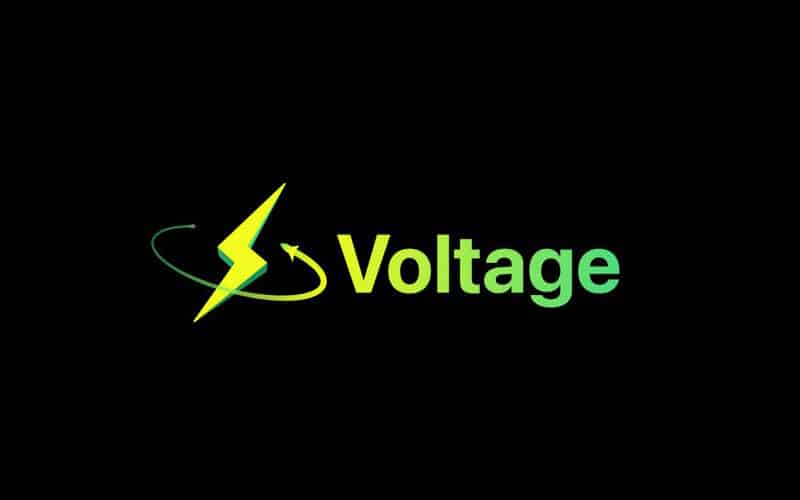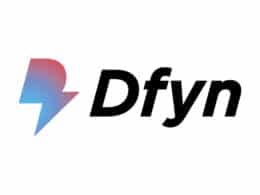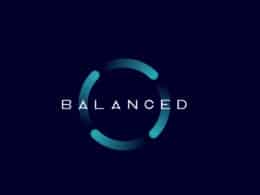Voltage Finance is a decentralized exchange platform that runs on the Fuse blockchain. The devs claim that the exchange provides all users with access to a powerful collection of DeFi tools from an all-in-one application that is also accessible on any smart device. The platform includes a variety of features and supports several trading options, which are highlighted in this review.
Voltage Finance overview
We describe the features of this exchange below:
- Lending
Voltage has partnered with Ola Finance (lending-as-a-service platform) to give the trading community a chance to borrow and lend an array of assets.
- Bridging
With voltage, it is possible to bridge tokens from many external blockchains. This, in turn, helps you move easily between networks.
- Governance
The DEX allows you to take part in governance and hence influence how the protocol is run. You are expected to use VOLT (a governance token) to vote on community proposals.
How does Voltage Finance work?
The platform allows you to participate in the following activities:
- Swap between tokens with the DEX’s AMM
- Stake LP tokens in farms
- Borrow and lend tokens
- Bridge tokens
What can you buy on Voltage Finance?
Find the assets you can buy on the exchange below:
- VOLT (native token)
- FUSE
- atLUNA
- atUST
- BIFI
- BNB
- BUSD
- DAI
- DEXT
- ELK
- ELON
- OneFUSE
- USDT
- WETH
- WFUSE
- and others
Is Voltage Finance safe?
The DEX doesn’t hold money, so you don’t have to worry about losing funds even if hackers gain access to your account. However, you need to note that individuals who borrow tokens risk liquidation if they fail to keep a leveraged trade open. As a result, lenders are at risk of being unable to withdraw their deposits.
Voltage Finance fees, compatible wallets, and transactions
All trades on the platform attract a 0.3% fee, which is distributed to users that add liquidity to the asset pair that was used in trading. Also, a trading fee is charged when you swap a token. A part of the fees will be dispensed among those who stake VOLT. On another note, Voltage will allow you to work with four wallets, including Install Metamask, Fuse Cash, WalletConnect, and Coinbase Wallet.
What are the ways to trade on Voltage Finance?
Voltage offers a number of trading options, which we have described below:
- Staking
By staking your VOLT, you receive xVOLT, which represents your share of the liquidity pool. In essence, the pool automatically compounds by utilizing a part of all trade fees to purchase VOLT back. So, the ratio of xVOLT to VOLT increases with time, enabling you to earn fees based on your pool share.
- Yield farming
The platform allows you to deposit your LP tokens into a farm and earn $VOLT tokens as a result.
- Creating liquidity
You can earn a share of the trading fees allocated to liquidity pools when you deposit VOLT or FUSE tokens into the LP. In return, you will receive an LP token that represents the LP share.
- Trading
Voltage allows you to swap one token for another. The trick is to spot a token that is being minted by a promising project. The token’s value will increase as the project’s popularity rises, earning you passive income.
Customer support
You can get customer support through Discord or Telegram. Voltage docs are also available to help you learn more about the platform and how it works.
Should you trade with Voltage Finance?
Voltage Finance summary
Voltage Finance summaryPros
- Low fees
- Supports bridging and governance
- Allows you to engage in several trading activities
Cons
- Incorporates a few wallets
- Liquidation risk








